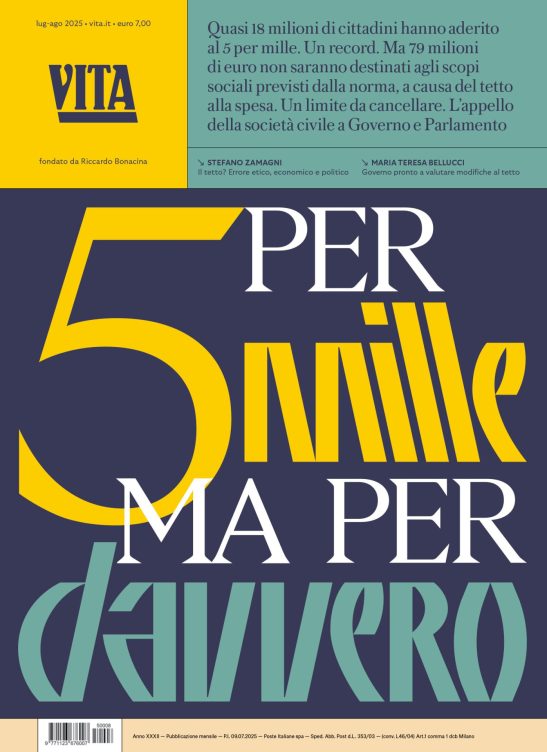Non profit
Aid to development
A strong and robust third sector that relies heavily on government funding.
CIDA
Aid and development are organized through the Canada International Development Agency (CIDA) which was established in 1968. CIDA runs Canada’s official development assistance (ODA) program. According to the CIDA web site the role of CIDA has increased over the years, “in 1995 CIDA took on the responsibility of administering Canada’s official assistance (OA) programs in Central and Eastern Europe, and the former Soviet Union (countries in transition) by supporting democratic development and economic liberalization.” [20]
In 2003 Canada offered bilateral support in more than 100 countries. According to OECD reports, the distribution of Canada’s bilateral assistance between 1999 and 2000 was (figures in US$) as follows: sub-Saharan Africa $202 million (€159 million); South Central Asia $90 million (€ 70 million); other Asia and Oceania $107 million (€84 million); Middle East and North Africa $34 million(€ 26 million); Latin America and the Caribbean $125 million (€ 98.5 million); Europe $50 million (€39.4 million); and $582 million (€458.6 million) not specified as to region. [21]
Canada’s early aid and development policy was heavily criticized for its “tying” clause. According to Canadian government records, 66.67 percent of all goods and services used for aid projects had to be produced in Canada. Critics argued that this reduced the value of Canadian aid and that this rule was nothing more than a hidden subsidy to domestic exports. [21]
In 1988 the rules were liberalized and only food aid was left “tied.” In 2008 the government announced its plan to fully untie Canada’s development assistance by 2012-13. [22]
The Official Development Assistance Accountability Act
The ODA Accountability Act came into force on June 28, 2008. As part of the agenda set out by this Act, the Canadian government has said it will focus 80 percent of bilateral resources in 20 countries of focus: Bolivia, Colombia ,Haiti, Honduras, Peru, Afghanistan, Bangladesh, Indonesia , Pakistan , Vietnam, Ukraine, West Bank and Gaza, Ethiopia, Ghana, Mali, Mozambique, Senegal, Sudan and Tanzania. [23]
Between April 2008 and March 2009, Canada gave $3.6 billion (CAD) (€ 2.8 billion) in aid to developing countries. [24]
By sector, Canada gave $783 million (CAD) (€602 million) to improving health; $531 million (CAD) (€408 million) to private sector development; $519.5 million (CAD) (€399 million) to emergency assistance; $506.9 million (CAD) (€389 million) to democratic governance; $329.1 million (CAD) (€252 million) to strengthening basic education; $175.3 million (CAD) (€ 135 million)to improving the environment; and $47.0 million (CAD) (€ 36 million)to insuring peace and security. [24]
Canada’s top aid recipients in 2008 were Afghanistan who received $219.7 million (CAD) (€ 168 million); Haiti who received $122.0 million (CAD) (€ 93.7 million) and Ghana who received $98.6 million (CAD) (€ 75.7 million). [24]
Vuoi accedere all'archivio di VITA?
Con un abbonamento annuale potrai sfogliare più di 50 numeri del nostro magazine, da gennaio 2020 ad oggi: ogni numero una storia sempre attuale. Oltre a tutti i contenuti extra come le newsletter tematiche, i podcast, le infografiche e gli approfondimenti.
